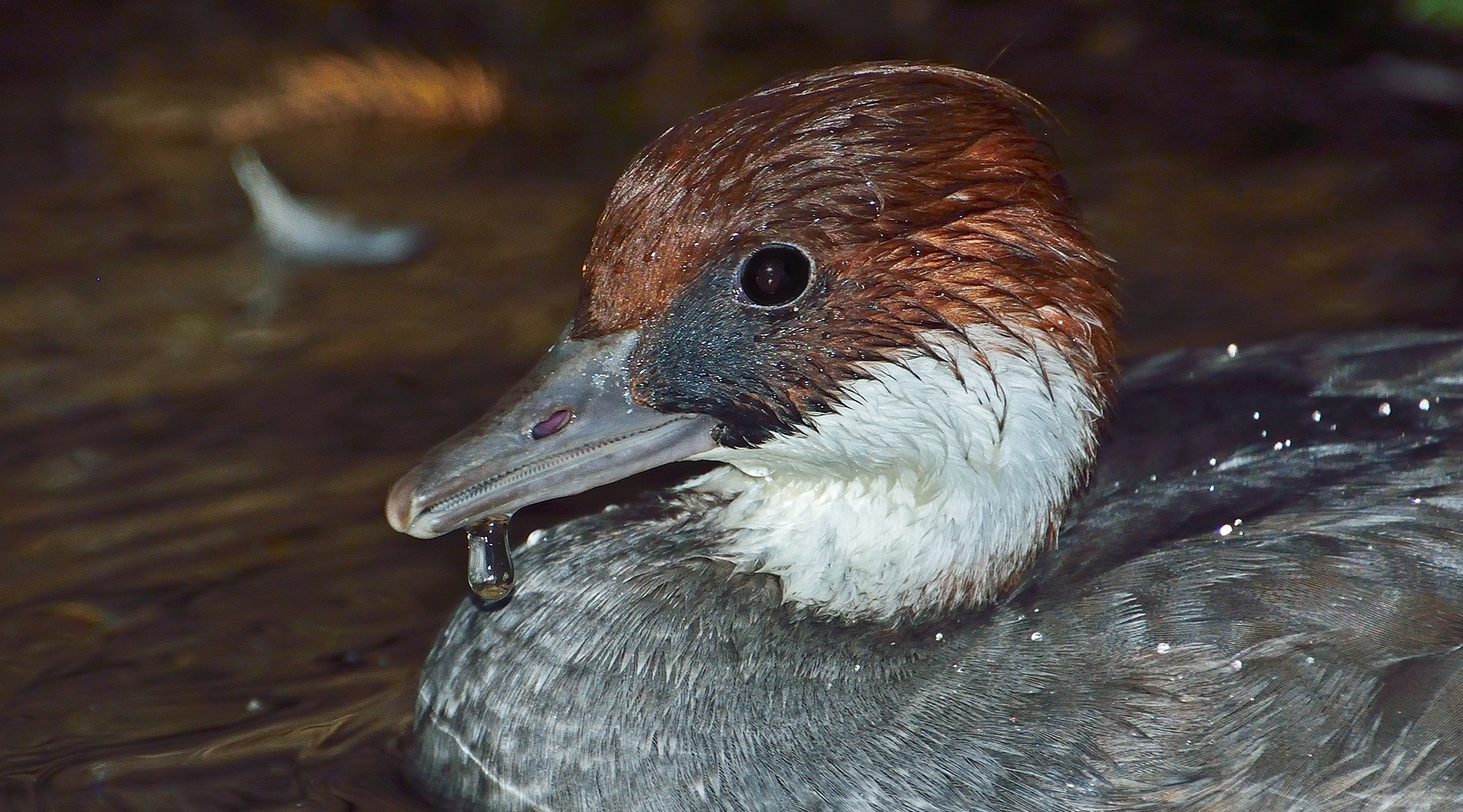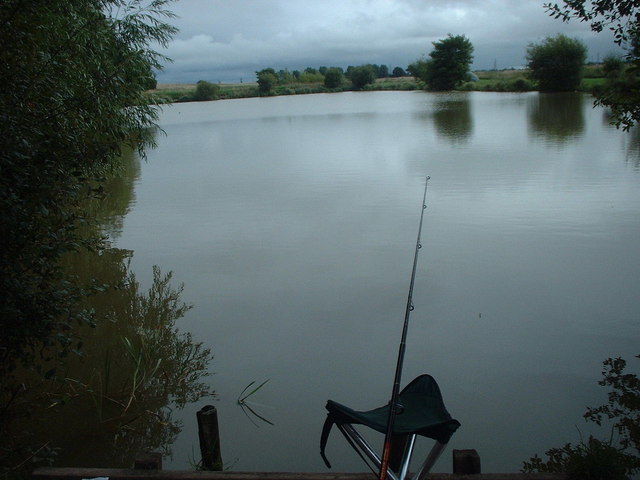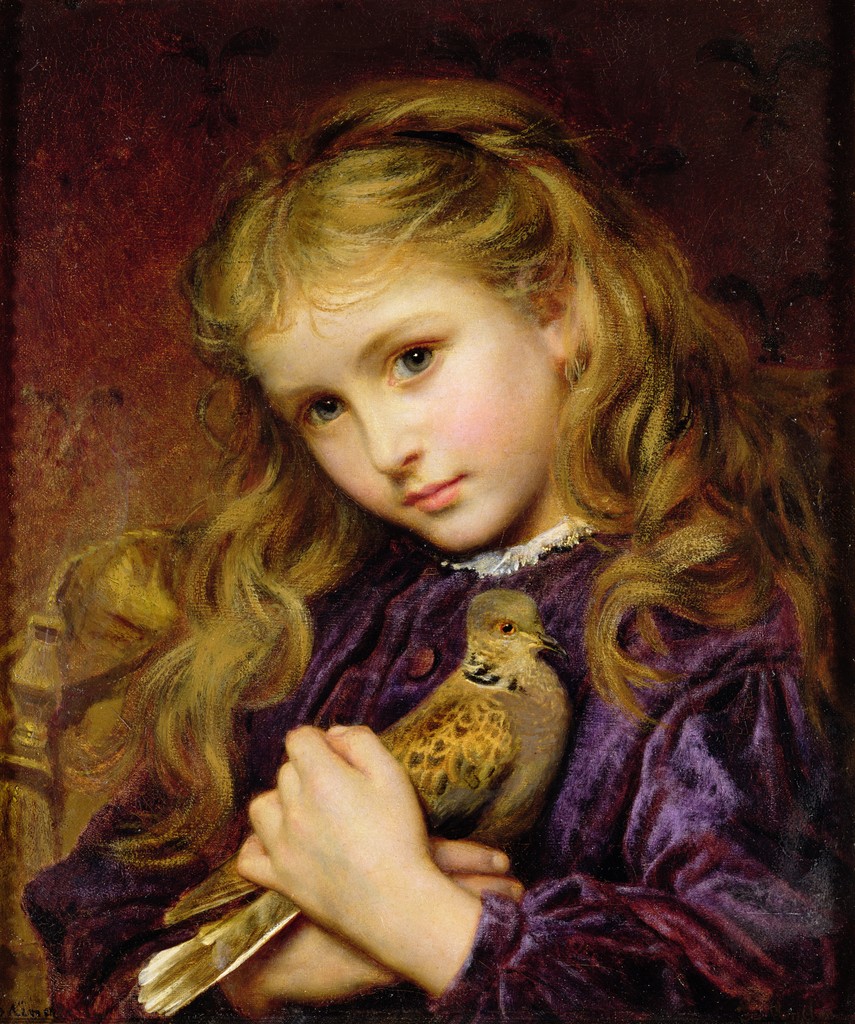|
Frampton Pools
Frampton Pools () is a biological Site of Special Scientific Interest in Gloucestershire, notified in 1974. The pools are on the edge of the village of Frampton on Severn. The site is in the Severn Vale and consists of a number of lakes created as a result of gravel extraction. These provide a good open water habitat which is important for wintering wildfowl. The site is mostly standing water which is surrounded by broadleaved woodland, scrub and the margins support marginal vegetation. The larger, deeper northern pit has steep banks and is often subjected to disturbance by sailing, the southern pit is smaller and shallower with well-vegetated banks and is less disturbed. The northern pool is known as Court Lake and has an area of and the southern pool is called Townsfield Lake and has an area of . In 2009 funding was secured to improve the conservation condition of the site through the Aggregates Levy Sustainability Fund. Species The over-wintering birds include large numbers ... [...More Info...] [...Related Items...] OR: [Wikipedia] [Google] [Baidu] |
Great Crested Grebe (Podiceps Cristatus) (14)
The great crested grebe (''Podiceps cristatus'') is a member of the grebe family of water birds noted for its elaborate mating display. Taxonomy The great crested grebe was formally described by the Swedish naturalist Carl Linnaeus in 1758 in the tenth edition of his ''Systema Naturae'' under the binomial name ''Colymbus cristatus''. The great crested grebe is now the type species of the genus ''Podiceps'' that was erected by the English naturalist John Latham in 1787. The type locality is Sweden. The scientific name comes from Latin: the genus name ''Podiceps'' is from , "vent" and , "foot", and is a reference to the placement of a grebe's legs towards the rear of its body; the species name, ''cristatus'', means "crested". Three subspecies are recognised: * ''P. c. cristatus'' (Linnaeus, 1758) – Eurasia * ''P. c. infuscatus'' Salvadori, 1884 – Africa * ''P. c. australis'' Gould, 1844 – Australia, Tasmania, South Island of New Zealand Description The great creste ... [...More Info...] [...Related Items...] OR: [Wikipedia] [Google] [Baidu] |
Smew
The smew (''Mergellus albellus'') is a species of duck, and is the only living member of the genus ''Mergellus''. ''Mergellus'' is a diminutive of '' Mergus'' and ''albellus'' is from Latin ''albus'' "white". This genus is closely related to ''Mergus'' and is sometimes included in it, though it might be closer to the goldeneyes (''Bucephala''). The smew has hybridized with the common goldeneye (''B. clangula''). A seaduck fossil from the Middle Miocene shows that birds similar to smew existed up to 13 million years ago. The extant species dates back to the Late Pleistocene. Name The term ''smew'' has been used since the 17th century and is of uncertain origin. It is believed to be related to the Dutch ''smient'' ("wigeon") and the German ''Schmeiente'' or '' Schmünte'', "wild duck." It is probably derived from ''smee'', a dialectal term for a wild duck. Description The drake smew, with its 'cracked ice' or 'panda' appearance, is unmistakable, and looks very black-and- ... [...More Info...] [...Related Items...] OR: [Wikipedia] [Google] [Baidu] |
Coarse Fishing
In Britain and Ireland, coarse fishing (, ) refers to angling for rough fish, which are fish species traditionally considered undesirable as a food or game fish. Freshwater game fish are all salmonids — most particularly salmon, trout and char — so generally coarse fish are freshwater fish that are not salmonids. There is disagreement over whether grayling should be classified as a game fish or a coarse fish. Fly fishing is the technique usually used for freshwater game fishing, while other angling techniques are usually used for coarse fishing. The sport of coarse fishing and the techniques it uses are particularly popular in the United Kingdom and mainland Europe, and as well as in some former British Commonwealth countries and among British expatriates. The distinction between coarse fish and game fish has no taxonomic basis.Bob McDowallCoarse fish - Cyprinids – goldfish, carp and others Te Ara - the Encyclopedia of New Zealand. Updated 14 November 2012. It originat ... [...More Info...] [...Related Items...] OR: [Wikipedia] [Google] [Baidu] |
Common Kingfisher
The common kingfisher (''Alcedo atthis''), also known as the Eurasian kingfisher and river kingfisher, is a small kingfisher with seven subspecies recognized within its wide distribution across Eurasia and North Africa. It is resident in much of its range, but migrates from areas where rivers freeze in winter. This sparrow-sized bird has the typical short-tailed, large-headed kingfisher profile; it has blue upperparts, orange underparts and a long bill. It feeds mainly on fish, caught by diving, and has special visual adaptations to enable it to see prey under water. The glossy white eggs are laid in a nest at the end of a burrow in a riverbank. Taxonomy The common kingfisher was first described by Carl Linnaeus in the 10th edition of his ''Systema Naturae'' in 1758 as ''Gracula atthis''. The modern binomial name derives from the Latin ', 'kingfisher' (from Greek , '), and ''Atthis'', a beautiful young woman of Lesbos, and favourite of Sappho. The genus ''Alcedo'' comprises ... [...More Info...] [...Related Items...] OR: [Wikipedia] [Google] [Baidu] |
Eurasian Reed Warbler
The common reed warbler (''Acrocephalus scirpaceus'') is an Old World warbler in the genus '' Acrocephalus''. It breeds across Europe into the temperate western Palaearctic where it is migratory, wintering in sub- Saharan Africa. It is also a resident species over large parts of Africa. Taxonomy The common reed warbler was formally described in 1804 by the French naturalist Johann Hermann under the binomial name ''Turdus scirpaceus''. The type locality is Alsace. The common reed warbler is now one of around 40 species placed in the genus '' Acrocephalus'' that was introduced by Johann Andreas Naumann and his son Johann Friedrich Naumann in 1811. The genus name ''Acrocephalus'' is from Ancient Greek ''akros'', "highest", and ''kephale'', "head". It is possible that the Naumanns thought ''akros'' meant "sharp-pointed". The specific ''scirpaceus'' is from Latin and means "reed". Ten subspecies are recognised: * ''A. s. scirpaceus'' (Hermann, 1804) – breeds in Europe to west Ru ... [...More Info...] [...Related Items...] OR: [Wikipedia] [Google] [Baidu] |
Common Nightingale
The common nightingale, rufous nightingale or simply nightingale (''Luscinia megarhynchos''), is a small passerine bird best known for its powerful and beautiful song. It was formerly classed as a member of the thrush family Turdidae, but is now more generally considered to be an Old World flycatcher, Muscicapidae. It belongs to a group of more terrestrial species, often called chats. Etymology "Nightingale" is derived from "night" and the Old English ''galan'', "to sing". The genus name ''Luscinia'' is Latin for "nightingale" and ''megarhynchos'' is from Ancient Greek ''megas'', "great" and ''rhunkhos'' "bill". Subspecies *western nightingale (''L. m. megarhynchos'') - Western Europe, North Africa and Asia Minor, wintering in tropical Africa *Caucasian nightingale (''L. m. africana'') - The Caucasus and eastern Turkey to southwestern Iran and Iraq, wintering in East Africa *eastern nightingale (''L. m. golzii'') - The Aral Sea to Mongolia, wintering in coastal East Africa ... [...More Info...] [...Related Items...] OR: [Wikipedia] [Google] [Baidu] |
European Turtle Dove
The European turtle dove (''Streptopelia turtur'') is a member of the bird family Columbidae, the doves and pigeons. It breeds over a wide area of the south western Palearctic including north Africa but migrates to northern sub-Saharan Africa to winter. Taxonomy The European turtle dove was formally described by the Swedish naturalist Carl Linnaeus in 1758 in the tenth edition of his '' Systema Naturae''. He placed it with all the other pigeons in the genus '' Columba'' and coined the binomial name ''Columba turtur''. The specific epithet ''turtur'' is the Latin word for a turtle dove. Linnaeus gave the locality as "India". This was an error and the type locality has been designated as England. The species is now placed in the genus ''Streptopelia'' that was introduced in 1855 by the French ornithologist Charles Lucien Bonaparte. Four subspecies are recognised: * European turtle dove (''S. t. turtur'') (Linnaeus, 1758) – Europe, Madeira and the Canary Islands to weste ... [...More Info...] [...Related Items...] OR: [Wikipedia] [Google] [Baidu] |
Common Chiffchaff
The common chiffchaff (''Phylloscopus collybita''), or simply the chiffchaff, is a common and widespread leaf warbler which breeds in open woodlands throughout northern and temperate Europe and the Palearctic. It is a migratory passerine which winters in southern and western Europe, southern Asia and north Africa. Greenish-brown above and off-white below, it is named onomatopoeically for its simple ''chiff-chaff'' song. It has a number of subspecies, some of which are now treated as full species. The female builds a domed nest on or near the ground, and assumes most of the responsibility for brooding and feeding the chicks, whilst the male has little involvement in nesting, but defends his territory against rivals, and attacks potential predators. A small insectivorous bird, it is subject to predation by mammals, such as cats and mustelids, and birds, particularly hawks of the genus ''Accipiter''. Its large range and population mean that its status is secure, although one su ... [...More Info...] [...Related Items...] OR: [Wikipedia] [Google] [Baidu] |
Lesser Redpoll
The lesser redpoll (''Acanthis cabaret'') is a small passerine bird in the finch family, Fringillidae. It is the smallest, brownest, and most streaked of the redpolls. It is sometimes classified as a subspecies of the common redpoll (''Acanthis flammea'') but has recently been split from that species by most taxonomies including Clements and the British Ornithologists' Union. It is native to Europe and has been introduced to New Zealand. Many birds migrate further south in winter, but the mild climate means that it can be found all year round in much of its range, and may be joined by the other two redpoll species in winter. Taxonomy The genus name ''Acanthis'' is from the Ancient Greek ''akanthis'', a name for a small now-unidentifiable bird, and ''cabaret'' is the French name for a type of finch. Redpolls were also previously placed in the genus Carduelis but were moved to their own genus along with a number of other changes in the genus. The relationships among the redpol ... [...More Info...] [...Related Items...] OR: [Wikipedia] [Google] [Baidu] |
Eurasian Siskin
The Eurasian siskin (''Spinus spinus'') is a small passerine bird in the finch family Fringillidae. It is also called the European siskin, common siskin or just siskin. Other (archaic) names include ''black-headed goldfinch'', ''barley bird'' and ''aberdevine''. It is very common throughout Europe and Eurosiberia. It is found in forested areas, both coniferous and mixed woodland where it feeds on seeds of all kinds, especially of alder and conifers. It can be distinguished from other similar finches by the colour of the plumage. The upper parts are greyish green and the under parts grey-streaked white. Its wings are black with a conspicuous yellow wing bar, and the tail is black with yellow sides. The male has a mainly yellow face and breast, with a neat black cap. Female and young birds have a greyish green head and no cap. It is a trusting, sociable and active bird. The song of this bird is a pleasant mix of twitters and trills. For these reasons it is often raised in captivit ... [...More Info...] [...Related Items...] OR: [Wikipedia] [Google] [Baidu] |
Great Crested Grebe
The great crested grebe (''Podiceps cristatus'') is a member of the grebe family of water birds noted for its elaborate mating display. Taxonomy The great crested grebe was formally described by the Swedish naturalist Carl Linnaeus in 1758 in the tenth edition of his ''Systema Naturae'' under the binomial name ''Colymbus cristatus''. The great crested grebe is now the type species of the genus ''Podiceps'' that was erected by the English naturalist John Latham in 1787. The type locality is Sweden. The scientific name comes from Latin: the genus name ''Podiceps'' is from , "vent" and , "foot", and is a reference to the placement of a grebe's legs towards the rear of its body; the species name, ''cristatus'', means "crested". Three subspecies are recognised: * ''P. c. cristatus'' (Linnaeus, 1758) – Eurasia * ''P. c. infuscatus'' Salvadori, 1884 – Africa * ''P. c. australis'' Gould, 1844 – Australia, Tasmania, South Island of New Zealand Description The great creste ... [...More Info...] [...Related Items...] OR: [Wikipedia] [Google] [Baidu] |






